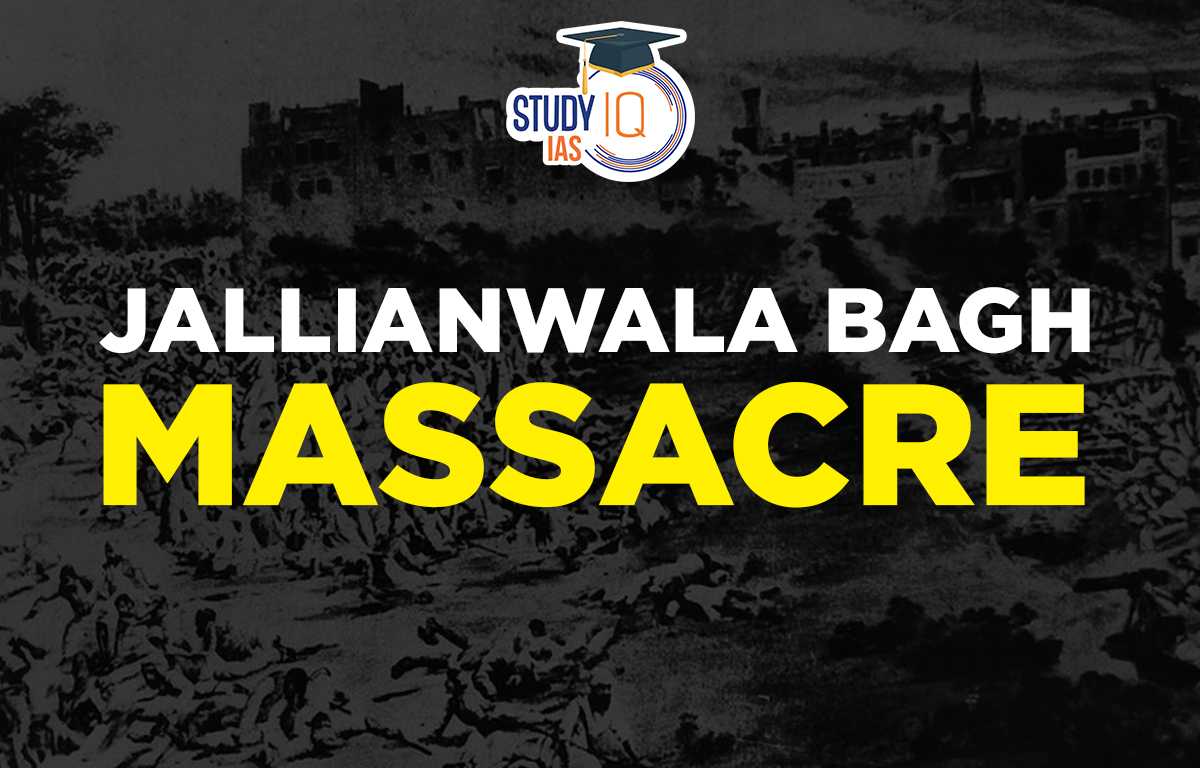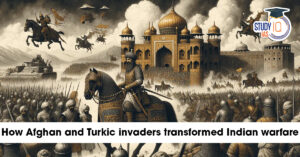Table of Contents
The Jallianwala Bagh Massacre, which took place on April 13, 1919, is etched in the collective memory of India as one of the most brutal incidents during British colonial rule. The massacre not only left hundreds dead but also galvanized a nationwide movement for India’s independence. This incident exposed the violent nature of the British Empire and marked a major shift in Indian nationalist sentiments. In this article, we’ll delve into the causes, events, aftermath, and the revolutionary who avenged the massacre, making it a turning point in India’s freedom struggle.
Jallianwala Bagh Massacre
The Jallianwala Bagh Massacre, also known as the Massacre of Amritsar, occurred on April 13, 1919, when British troops opened fire on a sizable crowd of unarmed Indians in an open area known as the Jallianwala Bagh in Amritsar, Punjab region (now in Punjab state), killing several hundred and injuring many more. Jallianwala is also spelt Jallianwalla.
It was a pivotal moment in modern Indian history because it permanently damaged Indo-British ties and paved the way for Mahatma Gandhi to fully dedicate himself to the cause of Indian nationalism and independence from Britain.
| Events and Facts | Description |
| When did Jallianwala Bagh Massacre happen? | 13th April 1919 |
| Who ordered the Jallianwala Bagh Massacre? | Anglo-Indian Brigadier R.E.H. Dyer. |
| What was “a symbolic act of protest”? | By May 22, 1919, Rabindranath Tagore learned of the massacre. As a “symbolic act of protest,” he chose to forfeit his British knighthood after trying to organize a protest conference in Calcutta. |
| Hunter Commission | The Disorders Inquiry Committee was established on October 14, 1919, to investigate the killings. The Hunter Commission was the name given to it subsequently. |
Jallianwala Bagh Massacre Causes
The Jallianwala Bagh Massacre, one of the darkest chapters in India’s colonial history, occurred on April 13, 1919, in Amritsar, Punjab. Several factors contributed to the events leading up to this tragic incident:
- British Colonial Rule: The massacre took place during the era of British colonial rule in India. The British government had instituted oppressive policies and laws that severely restricted civil liberties and political freedoms.
- Rowlatt Act: The Rowlatt Act, passed in 1919, was a repressive law that allowed the British government to imprison any person without trial, which led to widespread discontent and protests among Indians.
- Amritsar as a Center of Resistance: Amritsar, a prominent city in Punjab, was a centre of resistance against British rule. It had a history of anti-colonial movements and was a stronghold of Indian nationalism.
- Protest Gatherings: On April 13, 1919, a large crowd gathered at Jallianwala Bagh, a public garden in Amritsar, to peacefully protest against the arrest of two leaders, Satya Pal and Saifuddin Kitchlew, who were advocating for independence from British rule.
- General Dyer’s Orders: The British response to the peaceful gathering was brutal. Brigadier-General Reginald Dyer, fearing a rebellion, ordered his troops to open fire on the unarmed crowd without warning. The soldiers, mostly Gurkhas and Punjabis, fired indiscriminately, killing hundreds of men, women, and children and injuring many more.
Jallianwala Bagh Massacre Effects
- All illusions about the British government’s benevolent control in the nation were dispelled when the British public praised and rewarded General Dyer, the massacre’s perpetrator. The nation as a whole was shocked by the massacre’s severity.
- On April 18, Gandhiji halted his movement after being overcome by the atmosphere of violence. After receiving the honorific Kaiser-i-Hind from the British for his contributions to the Boer War, Mahatma Gandhi renounced it.
- The poet and Nobel Prize winner Rabindranath Tagore refused to accept his knighthood. The shooting was deemed “monstrous” by Winston Churchill, who also condemned it.
- Jallianwala Bagh caused British justice to lose its credibility. On October 14, 1919, the Indian government established the Hunter Commission Committee to investigate the incidents in Punjab. The commission’s mandate was to look into the disturbances in Punjab, determine their root cause, and develop solutions to deal with their impacts.
- General Dyer’s behaviour was sharply condemned, but no action was taken against him, according to the commission’s findings. The Jallianwala Bagh slaughter catalyzed the rebellion against the unique colonial rules.
Jallianwala Bagh Massacre Impact
Jallianwala Bagh, which is now a significant landmark in India, played a significant role in the history of that nation’s war for independence. One of the factors that prompted Mahatma Gandhi to launch the Non-Cooperation Movement, his first extensive and ongoing peaceful protest (satyagraha) campaign, was the Jallianwala Bagh tragedy (1920-22).
| Impacts of Jallianwala Bagh Massacre | Details |
|---|---|
| Loss of Lives | Hundreds of unarmed civilians, including women and children, were killed in the indiscriminate firing. |
| Wounded | Hundreds more were injured, some critically, further deepening the tragedy and trauma. |
| Public Outrage | The brutality of the massacre sparked widespread outrage, both within India and internationally. |
| Strengthened Nationalism | The massacre galvanized the Indian independence movement, strengthening the resolve for freedom. |
| Erosion of Trust in British Rule | It shattered the faith of many Indians in the British government’s commitment to justice and fairness. |
| International Condemnation | The massacre drew condemnation from around the world, tarnishing Britain’s global reputation. |
| Legislative Reforms | The incident led to calls for reforms, contributing to the eventual end of British colonial rule in India. |
| Commemoration | Jallianwala Bagh remains a symbol of sacrifice and resistance, commemorated annually in India. |
Jallianwala Bagh Today
Today, the Jallianwala Bagh Memorial in Amritsar stands as a tribute to the victims of colonial brutality. Features include:
-
Martyrs’ Well.
-
Bullet marks preserved on the walls.
-
Eternal Flame of Remembrance.
It serves as a powerful symbol of India’s resilience, sacrifice, and unwavering spirit of resistance.


 Birsa Munda Birth Anniversary 2025: Life...
Birsa Munda Birth Anniversary 2025: Life...
 Military Innovations of Afghans and Turk...
Military Innovations of Afghans and Turk...
 Self-Respect Movement, History, Objectiv...
Self-Respect Movement, History, Objectiv...

























